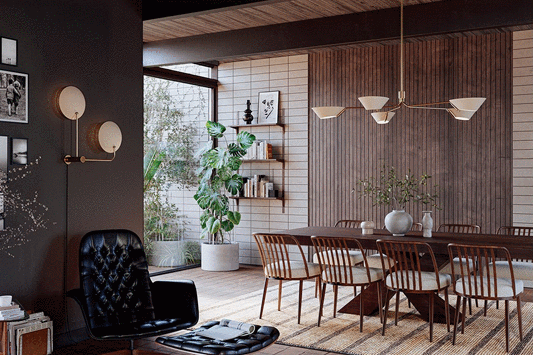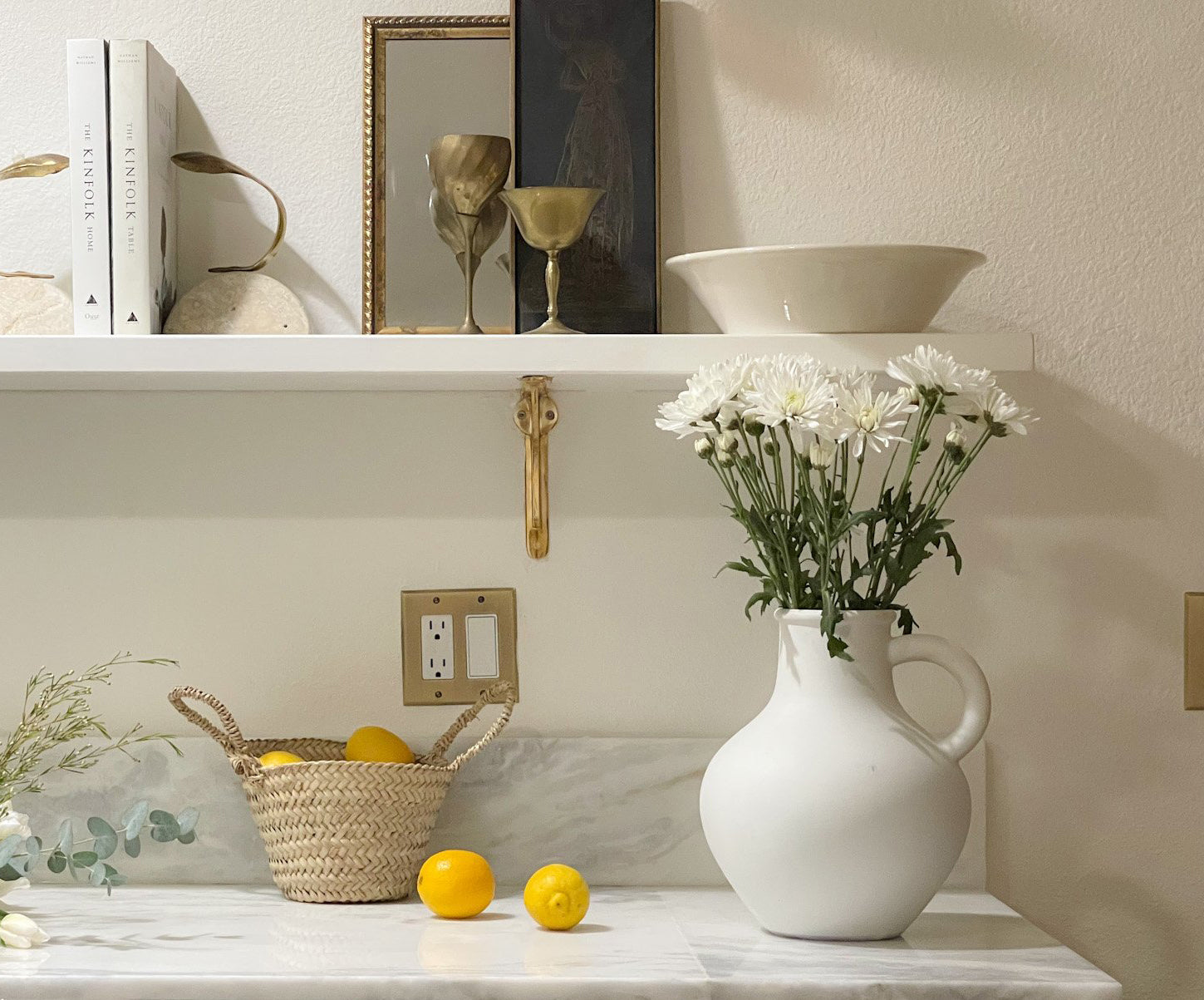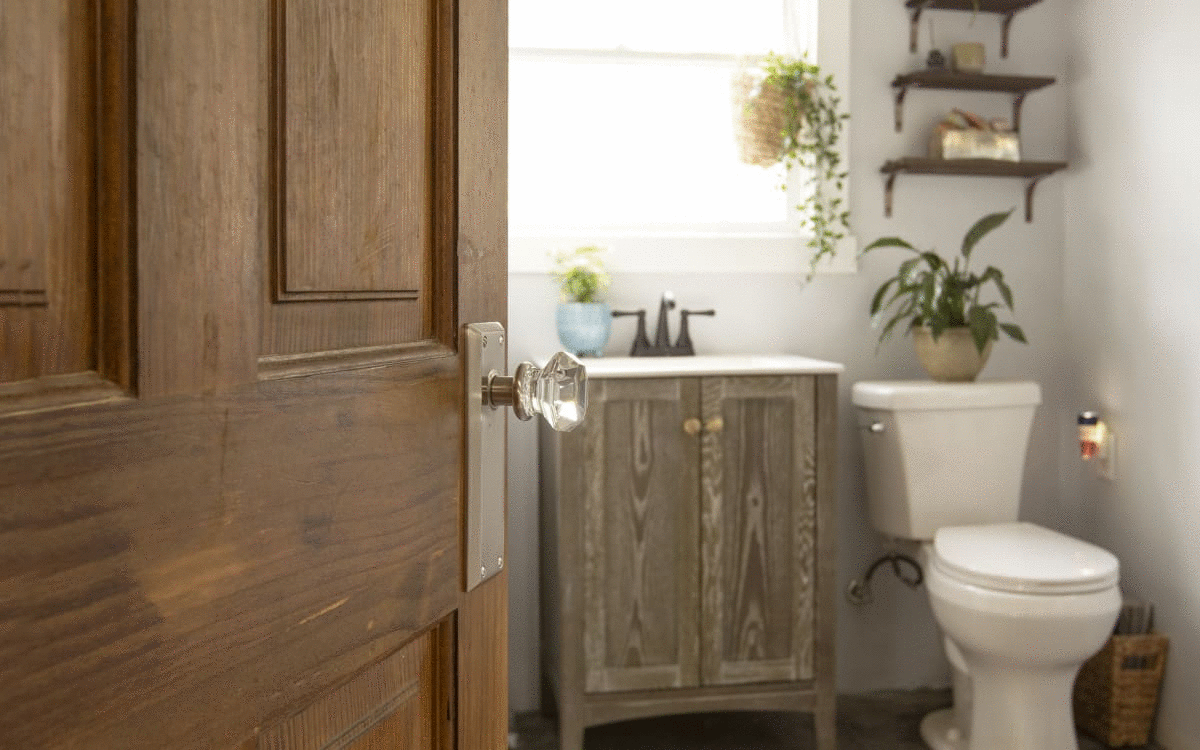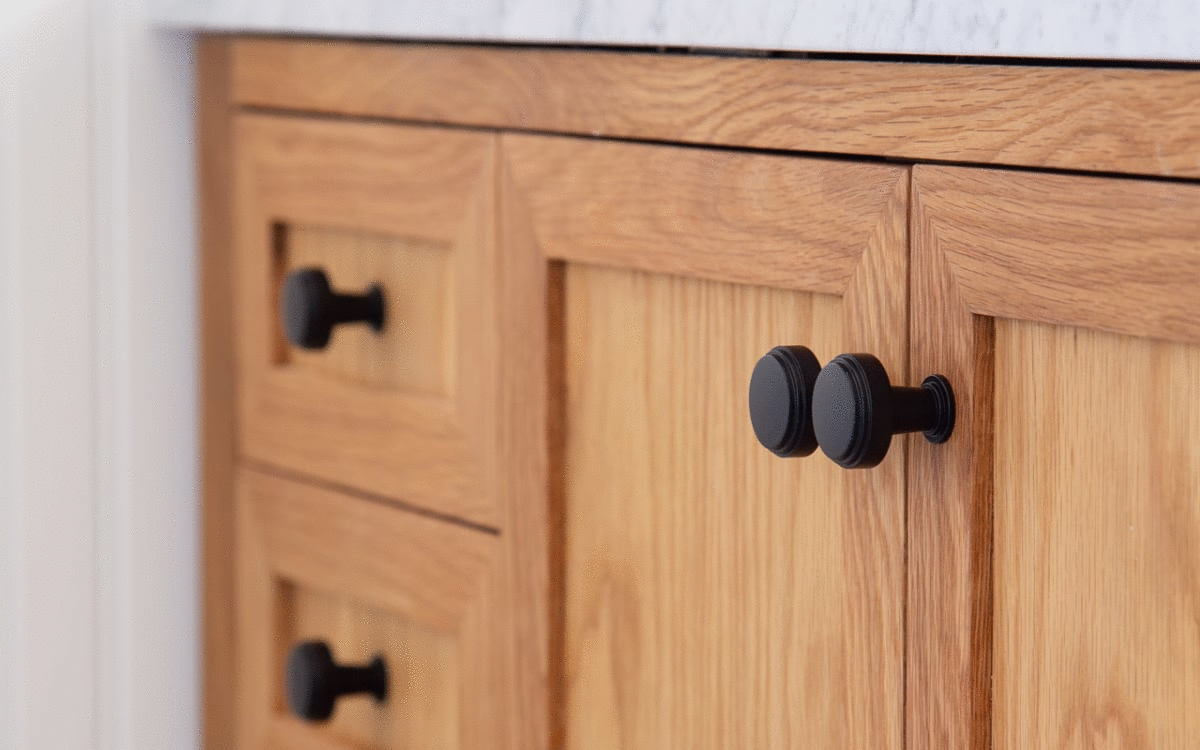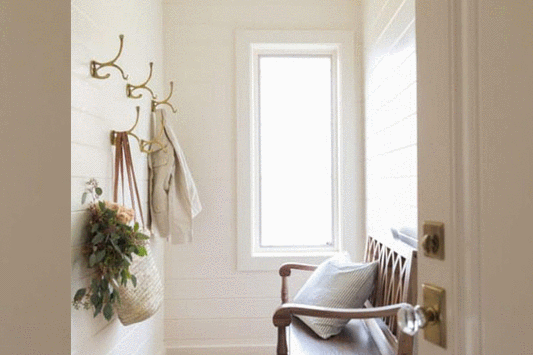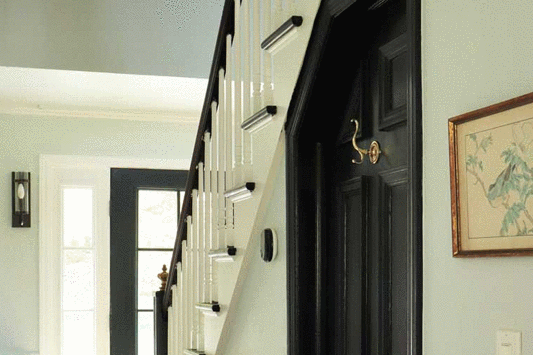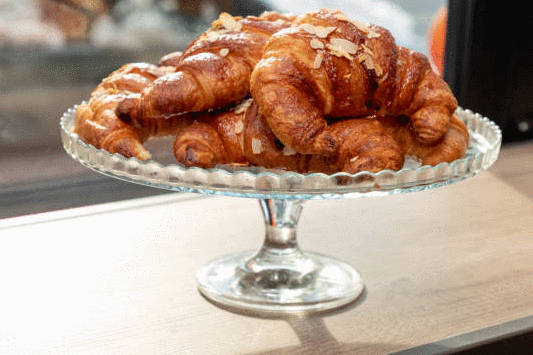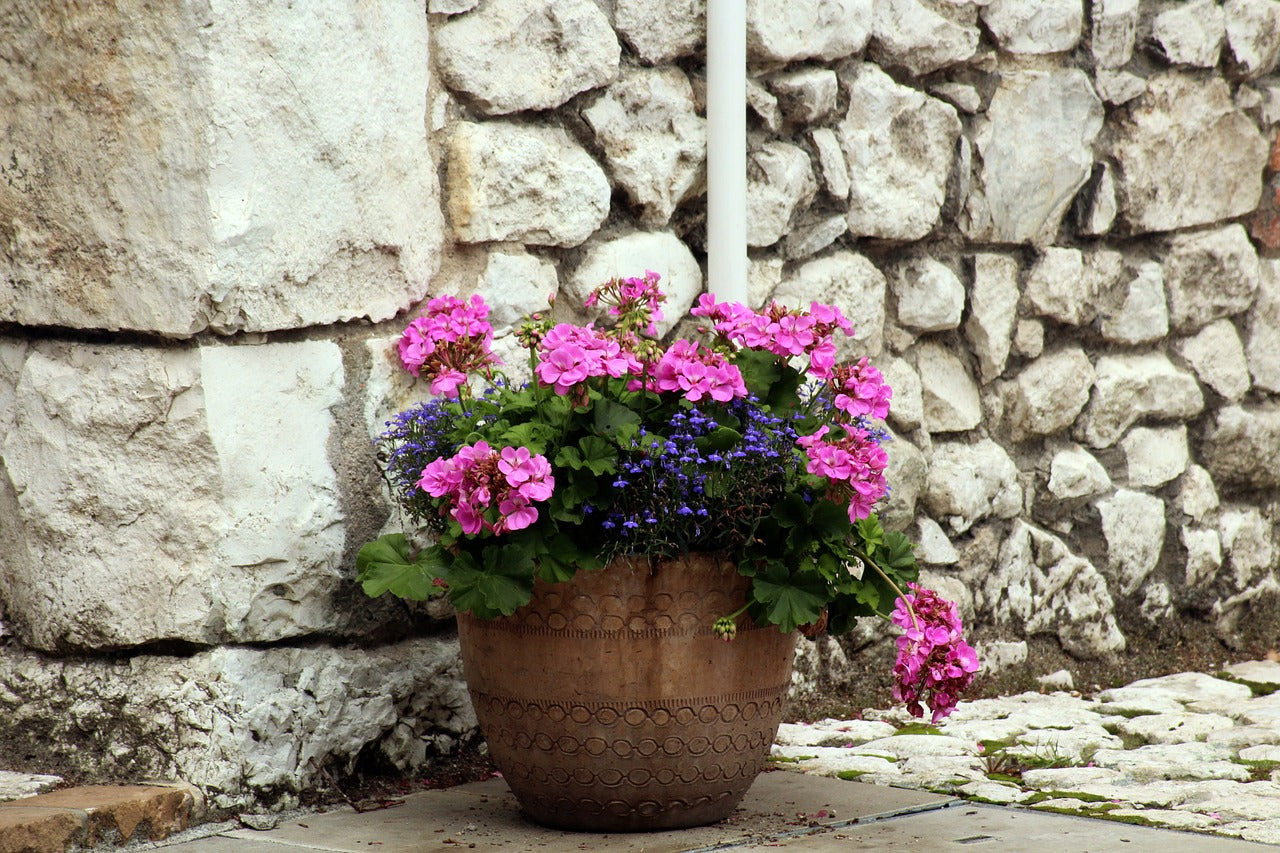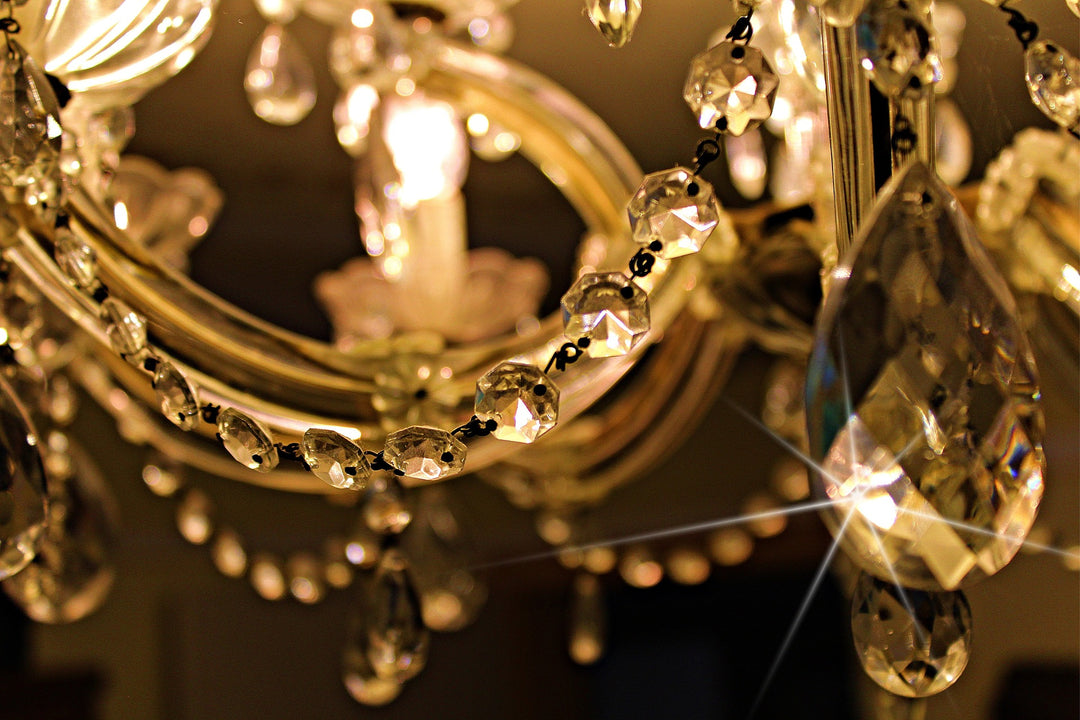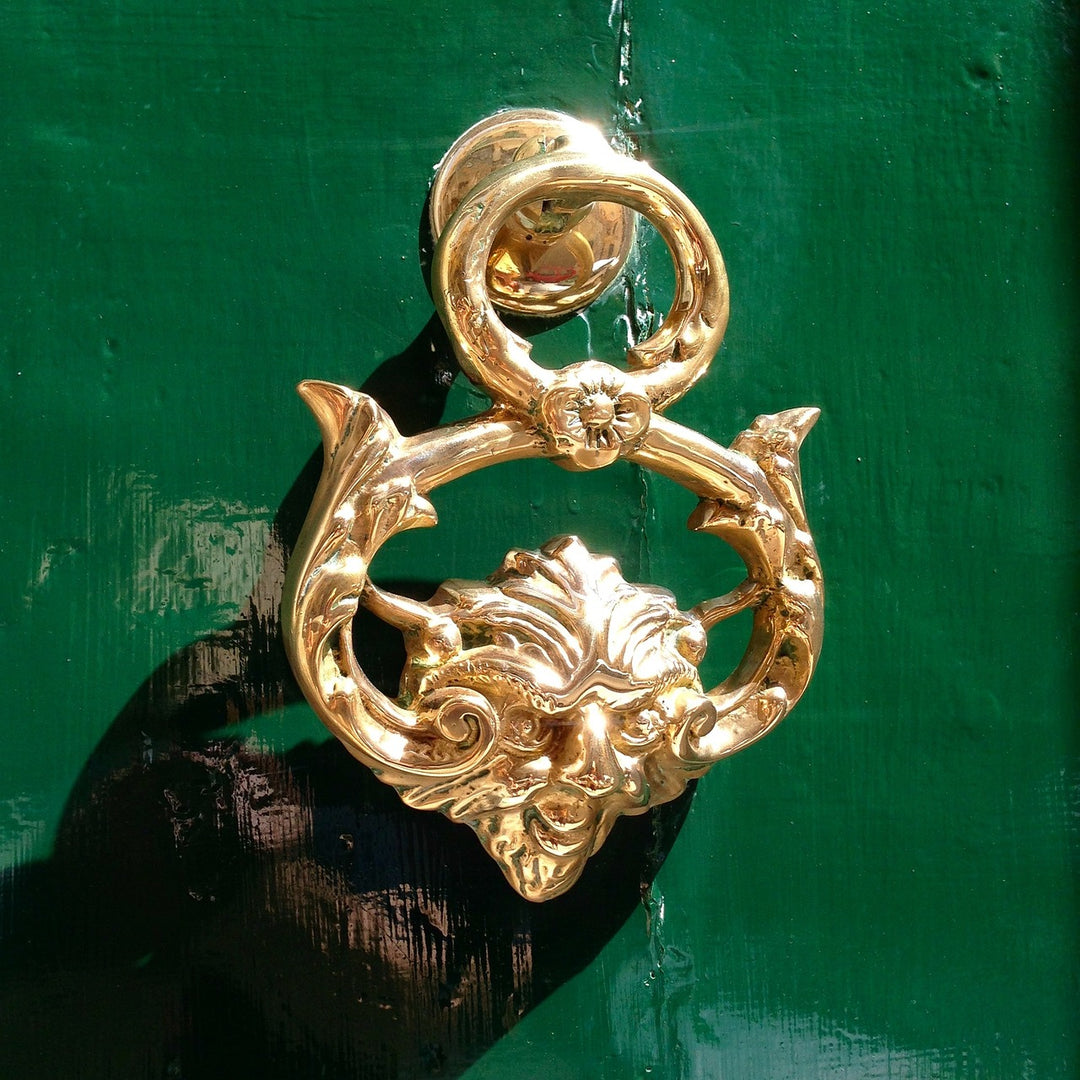The Science Behind Antique Hardware Manufacturing
Antique hardware manufacturing is an art that has been a part of human civilization for centuries. From the intricate designs of ancient Greece to the ornate details of the Renaissance period, each era has left its mark on the craftsmanship of antique hardware. But what goes into the process of manufacturing these unique pieces? In this article, we will explore the science behind antique hardware manufacturing, from the materials used to the techniques employed by skilled artisans.

Materials Used:
One of the key aspects of antique hardware manufacturing is the selection of materials. In the past, materials such as bronze, iron, and brass were commonly used due to their durability and aesthetic appeal. Each material has its own unique properties, making it suitable for different purposes. For example, brass is often used for its corrosion resistance and malleability, making it perfect for creating intricate designs.
Iron, on the other hand, provides strength and durability, making it ideal for heavy-duty applications. In addition to the base materials, the use of alloys and surface treatments also plays a crucial role in antique hardware manufacturing. Alloys like bronze, which is a combination of copper and tin, can provide enhanced strength and resistance to corrosion. Surface treatments like patination or gilding can add an aged or decorative effect to the hardware, further enhancing its aesthetic appeal.
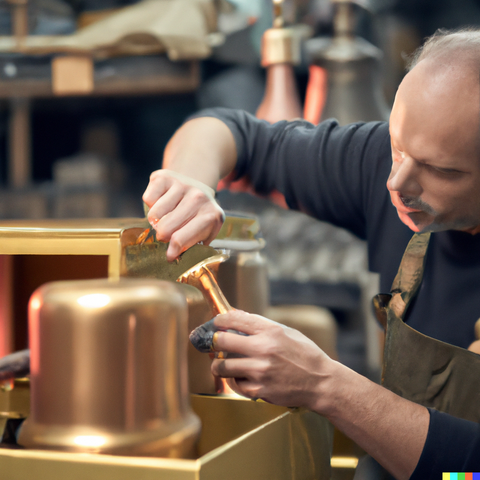
Design and Engineering:
Designing antique hardware requires a deep understanding of historical styles and trends. Skilled artisans and engineers study architectural and design elements from different eras to recreate the authentic look and feel of antique hardware. It involves meticulous research, attention to detail, and a keen eye for aesthetics. In addition to design, engineering plays a crucial role in the manufacturing process.
Functionality and usability are key considerations when creating antique hardware. Hardware must not only look beautiful but also be practical and durable. Engineers carefully analyze the weight, balance, and wear and tear factors to ensure that the hardware will function as intended while standing the test of time.

Tooling and Production:
The production of antique hardware involves a combination of traditional hand tools and modern machinery. Skilled artisans often use hammers, chisels, and files to shape and mold the hardware. With these tools, they can create intricate patterns and textures that are integral to the antique look.
However, modern machinery has also made its way into the antique hardware manufacturing process. CNC machines can precisely cut, shape, and mold the hardware, reducing human error and increasing production efficiency. This blend of traditional craftsmanship and modern technology ensures that antique hardware is manufactured with both precision and artistry.
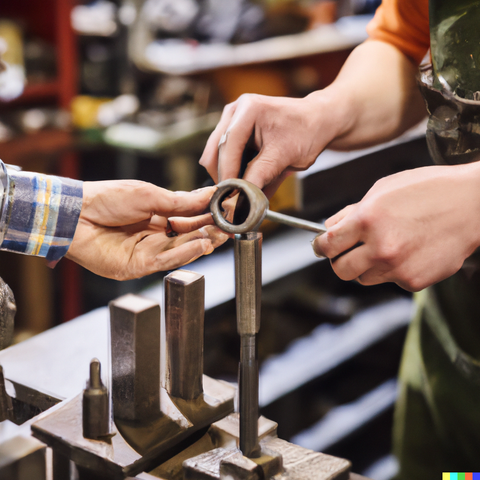
Finishing and Preservation:
Once the manufacturing process is complete, the hardware undergoes various finishing techniques to enhance its appearance and protect it from the elements. Finishing techniques like polishing, painting, and lacquering are used to add shine, color, and protection to the hardware.
Preservation techniques may include applying a protective coating or sealant that prevents corrosion and deterioration over time. Preserving antique hardware is not only vital for maintaining its aesthetic appeal but also for its historical value. Proper care and maintenance can ensure that these pieces survive for generations to come, allowing us to appreciate the craftsmanship and beauty of the past.
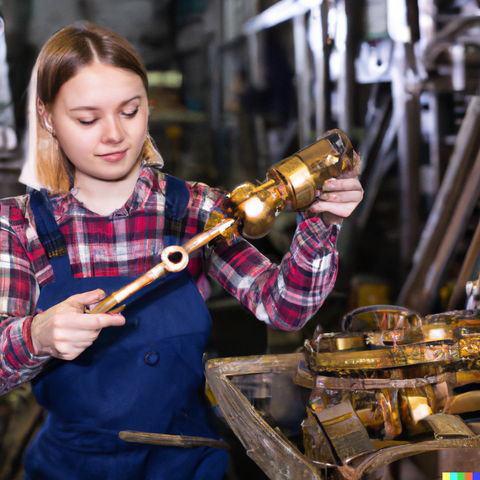
The manufacture of antique hardware is a fascinating blend of art, science, and history. From the selection of materials to the intricate designs and finishes, every step of the manufacturing process requires skill, knowledge, and a deep appreciation for the past. Antique hardware not only serves a functional purpose but also acts as a testament to the rich history of human craftsmanship. As we continue to cherish and preserve these unique pieces, we can marvel at the science and artistry that goes into their creation.



